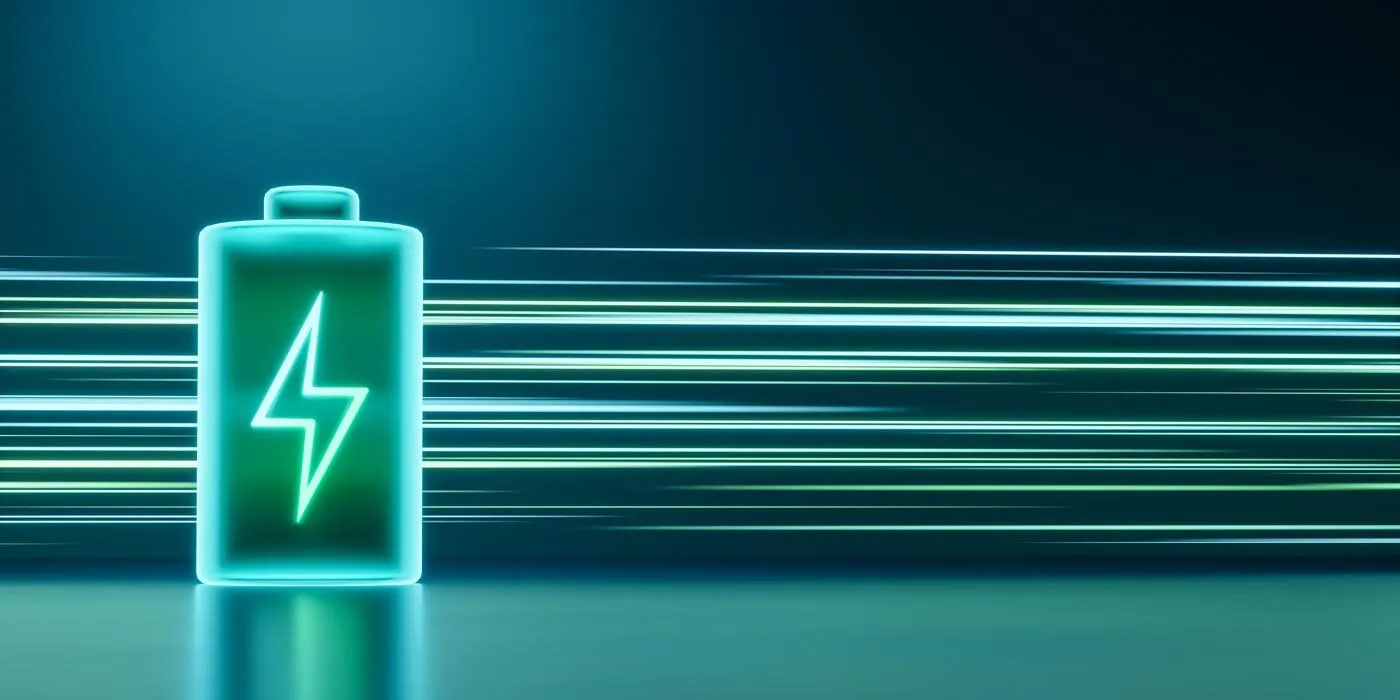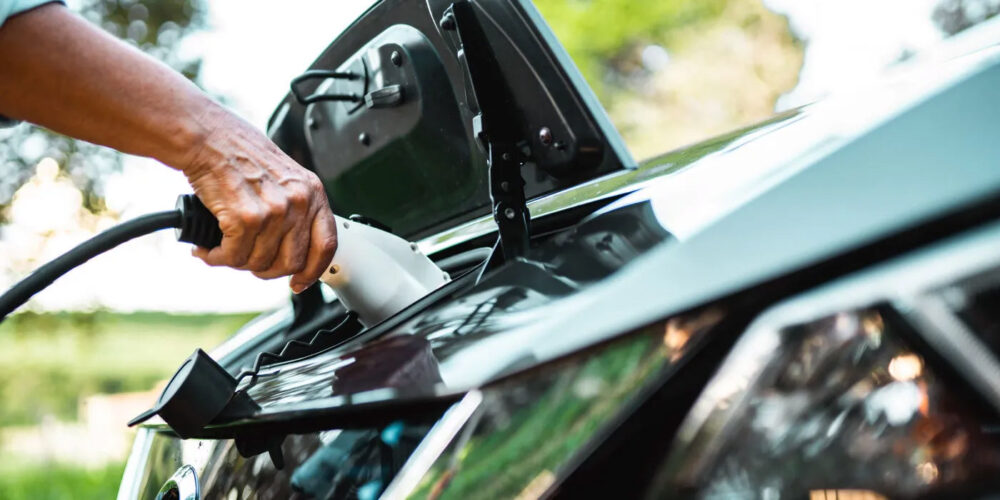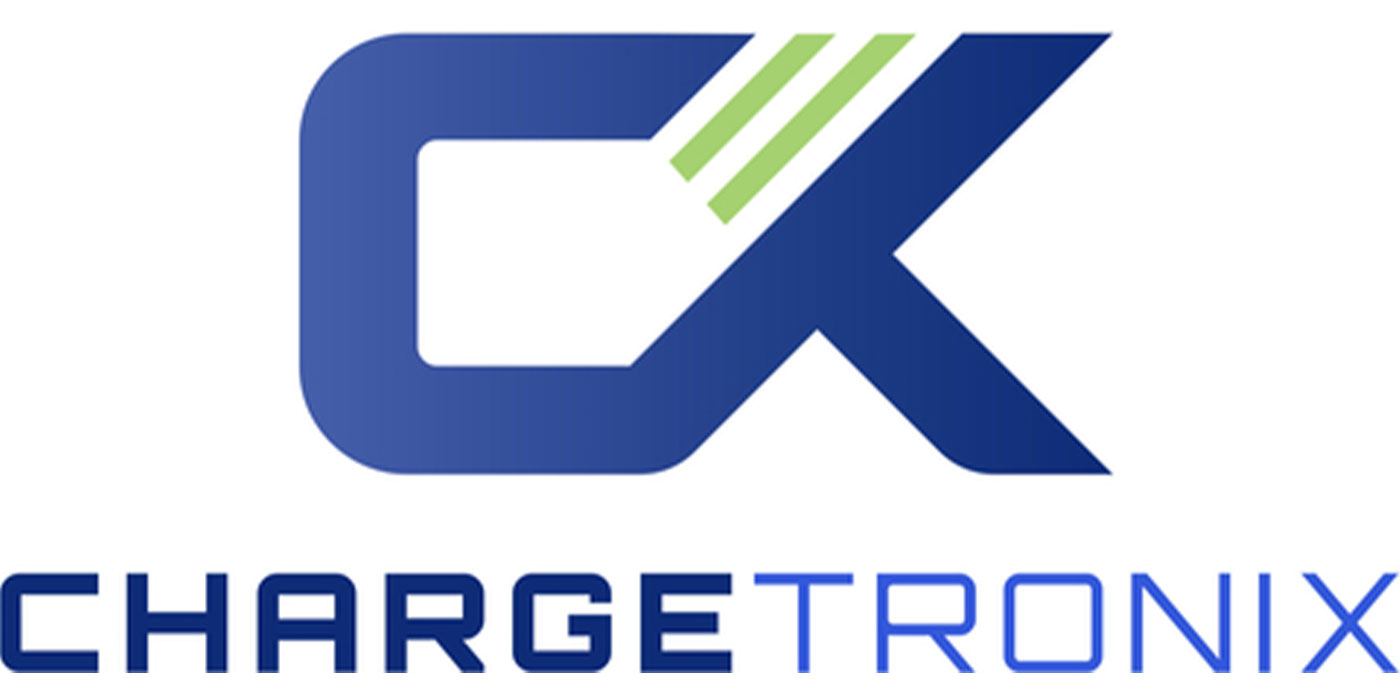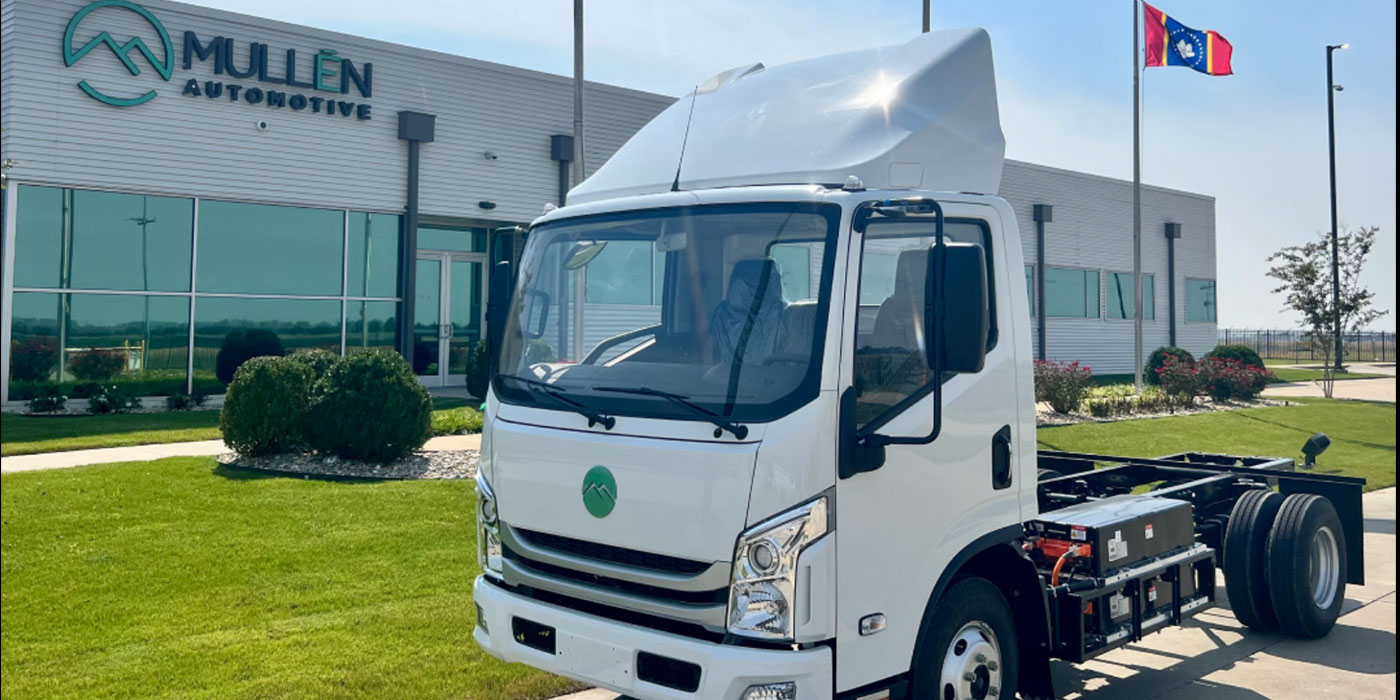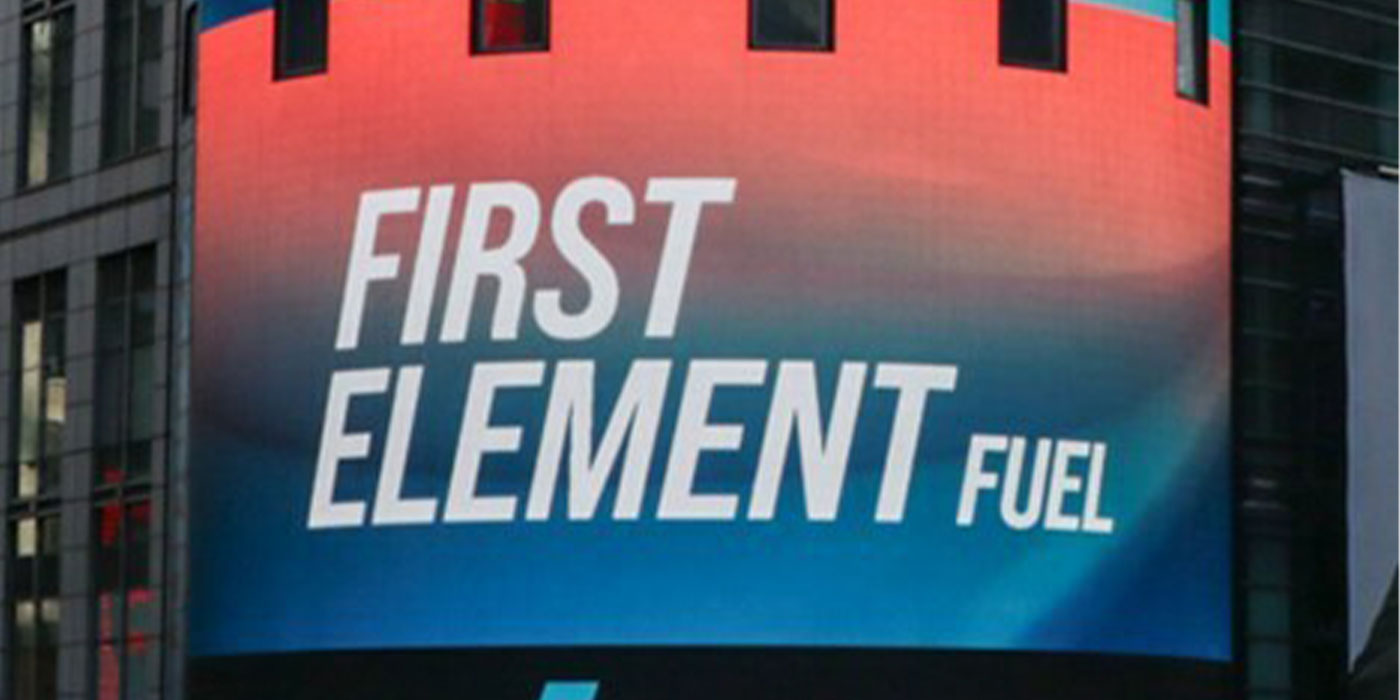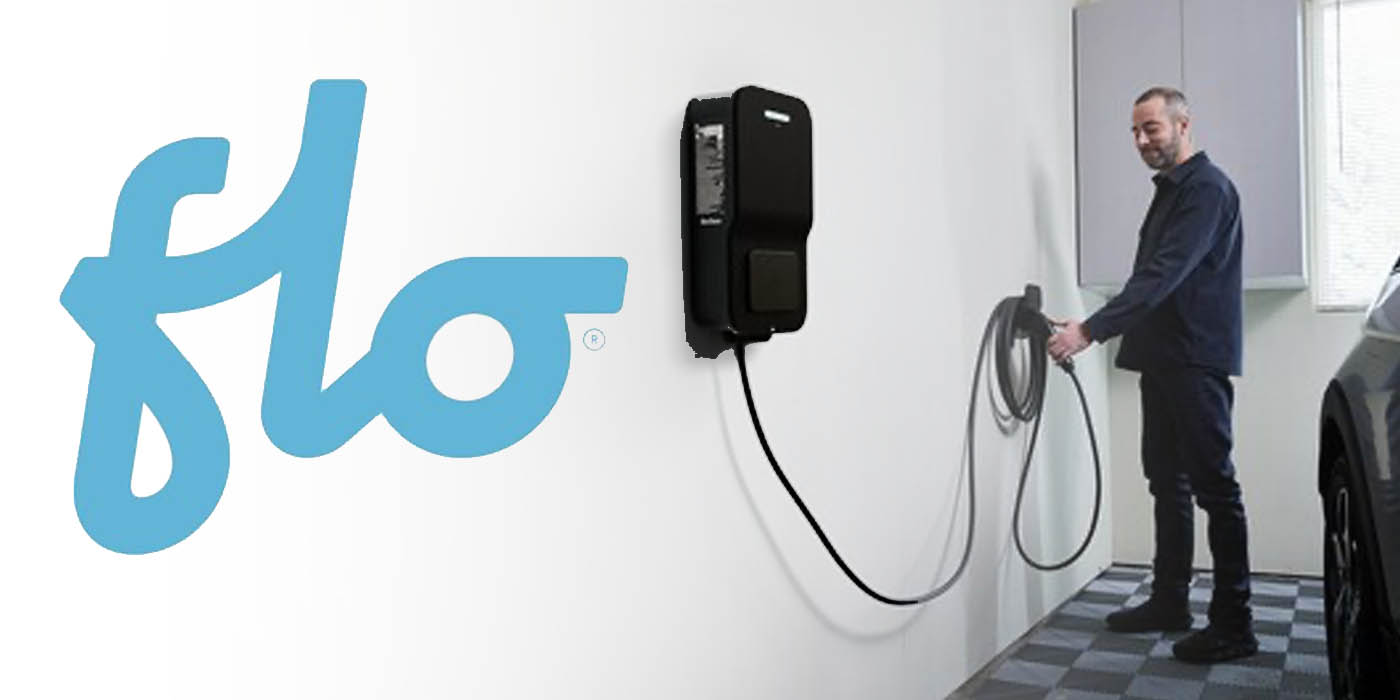The United States Postal Service (USPS), in conjunction with White House officials, recently unveiled electric vehicle (EV) charging stations at its South Atlanta Sorting and Delivery Center (S&DC). This marks the start of a national rollout of charging stations across new S&DCs, part of USPS’s initiative to create the nation’s largest EV fleet. This effort is included in USPS’s $40 billion investment strategy to modernize its processing, transportation, and delivery networks.
Postmaster General Louis DeJoy discussed the move towards sustainability as a key aspect of USPS’s larger modernization efforts. “The improvements we need to achieve in sustainability are an integral outgrowth of the broader modernization efforts we have undertaken through our 10-year ‘Delivering for America’ plan,” DeJoy said. He noted that these changes would lead to significant efficiencies, reducing costs, carbon footprint and waste.
John Podesta, senior advisor to the President for clean energy innovation and implementation, emphasized the role of USPS in making EVs a common sight in American neighborhoods. “The work USPS is doing to electrify those vehicles is making EVs commonplace on every road and street in our country, while reducing air pollution and increasing comfort and safety for the dedicated public servants who deliver our mail,” Podesta said.
Brenda Mallory, chair of the White House Council on Environmental Quality, praised the initiative. “Today is a victory for the U.S. Postal Service, America’s electric vehicle industry, workers and the environment,” Mallory stated. She described USPS’s initiative as integral to President Biden’s “Investing in America” agenda.
USPS also showcased new battery-powered, domestically produced commercial off-the-shelf (COTS) delivery vehicles at the event. These vehicles will form part of the Postal Service’s EV fleet, starting in Georgia and expanding nationwide. The vehicles are equipped with air conditioning and advanced safety technology.
The procurement of EVs and charging stations is part of USPS’s network modernization efforts and its improving financial situation, supported by $3 billion in funding under the Inflation Reduction Act (IRA), USPS said. Its “Delivering for America (DFA)” plan involves converting about 400 sites into S&DCs nationwide. These centers will act as local hubs for EV deployment. As of January 2024, 29 S&DCs have been opened.
The Atlanta S&DC displayed Siemens-manufactured charging stations. The first 14,000 EV chargers for USPS will be supplied by Siemens, Rexel/ChargePoint and Blink.
The event also featured Ford Motor Company’s battery-electric COTS vehicles. USPS plans to acquire 21,000 COTS EVs, including 9,250 from Ford, and add at least 45,000 battery-electric Next Generation Delivery Vehicles (NGDVs) by 2028. This commitment is one of the largest in the nation towards vehicle electrification, and USPS is exploring the feasibility of complete electrification of its delivery fleet.
Additionally, updating the Postal Service’s fleet will enable larger cargo capacity, improving delivery efficiency.



